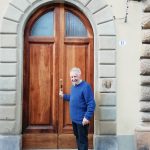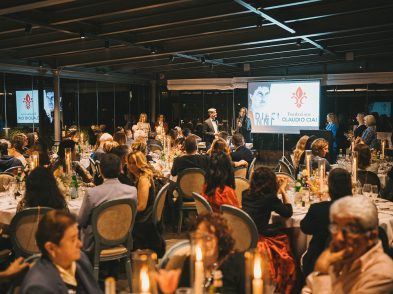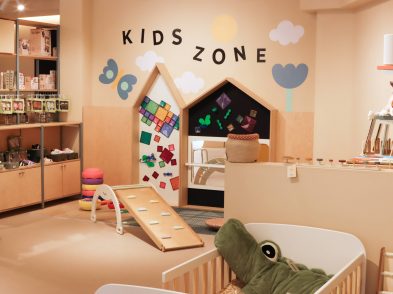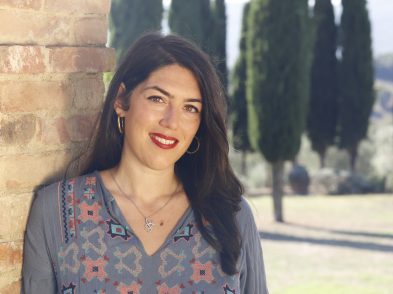In 2011, Florence city council installed a memorial plaque above the front door of piazza Pitti 14 in honour of Anna Maria Ichino (1912-70) and Carlo Levi (1902-75). In 2018, two small squares (piazzette) on the right and the left of Palazzo Pitti were dedicated to them both. An artist, printmaker and painter, I lived in Anna Maria Ichino’s boarding house in piazza Pitti between 1969 and 1970. Here are my memories of that extraordinary experience.
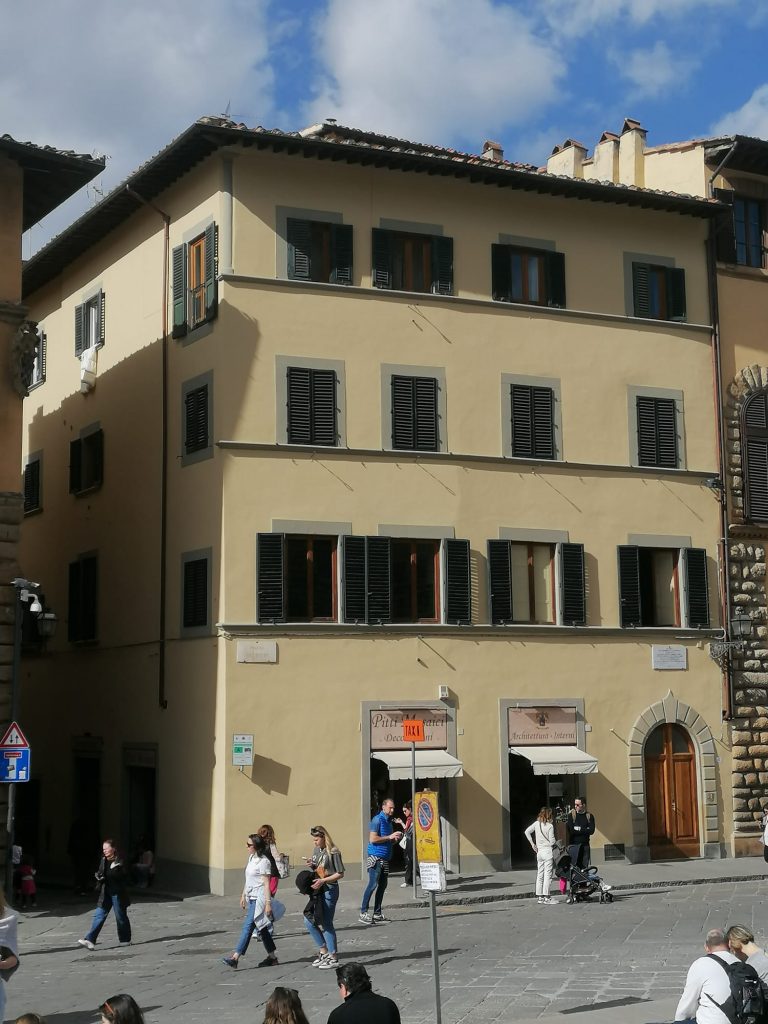
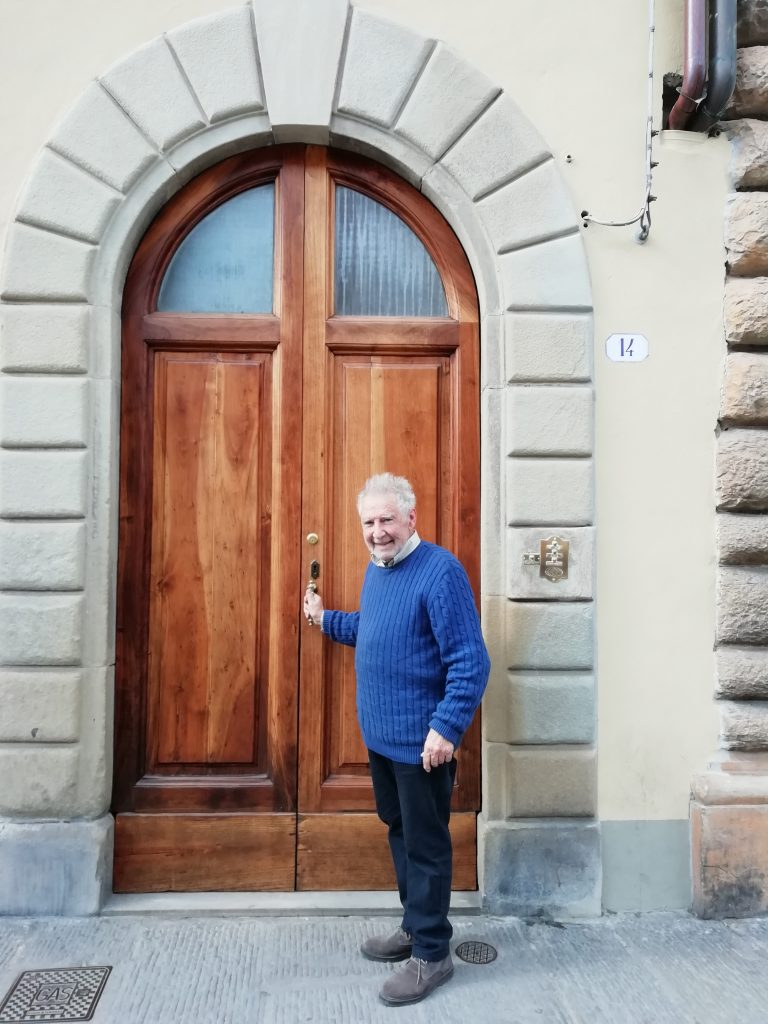
After graduating from school in 1969, I chose Florence to begin my studies in art history and painting. It was the first time I’d left home. With the help of a cousin, I found a very special place to live: a room of my own just opposite Palazzo Pitti. It was special, too, because many outstanding people had taken refuge there during the Second World War. Finally, I was in the city of my dreams and living in Santo Spirito, a centre of the most refined craftsmanship. At piazza Pitti 14, I met a crowd of young people who would become my best friends ever.
The morning I arrived at piazza Pitti 14, I rang the bell and Anna Maria Ichino, the landlady, opened the door. With a welcoming smile, she asked me to come in and offered me a cup of coffee. She had piercing light-blue eyes, which made an impression on me. My first feelings were rather ambivalent. She was warm and friendly, yet I felt rather intimidated by her. The pensione that Anna Maria ran consisted of a mixture of students of different nationalities. After a few weeks, I began to feel more confident because I was sharing a home with such a lively and interesting group of people.
Our conversations with Anna Maria, who used to share meals with us, often continued until late in the evening. Sometimes her mood changed abruptly and she would get up and go to her own apartment; after a while we would hear beautiful classical music coming from her quarters. In our conversations, she told us about her life in Florence during the final years of the war. She had been active in the Resistance. Risking her life, she would go out at night with her companions and write anti-Fascist slogans on public buildings and distribute leaflets in letterboxes.
In the winter of 1943, through a friend of a friend, she met a man who became an important figure in her life, Carlo Levi. Trained as a doctor, he soon became a journalist, writer and painter. Levi was looking for a place to hide from the Fascists and Nazi troops and anyone who had actively opposed the Mussolini government. In these dramatic months, Ichino’s flat in piazza Pitti became a hub of Florentine Resistance, and Anna Maria became a member of the Partito d’Azione (Italian political centre-left party, founded in 1942).
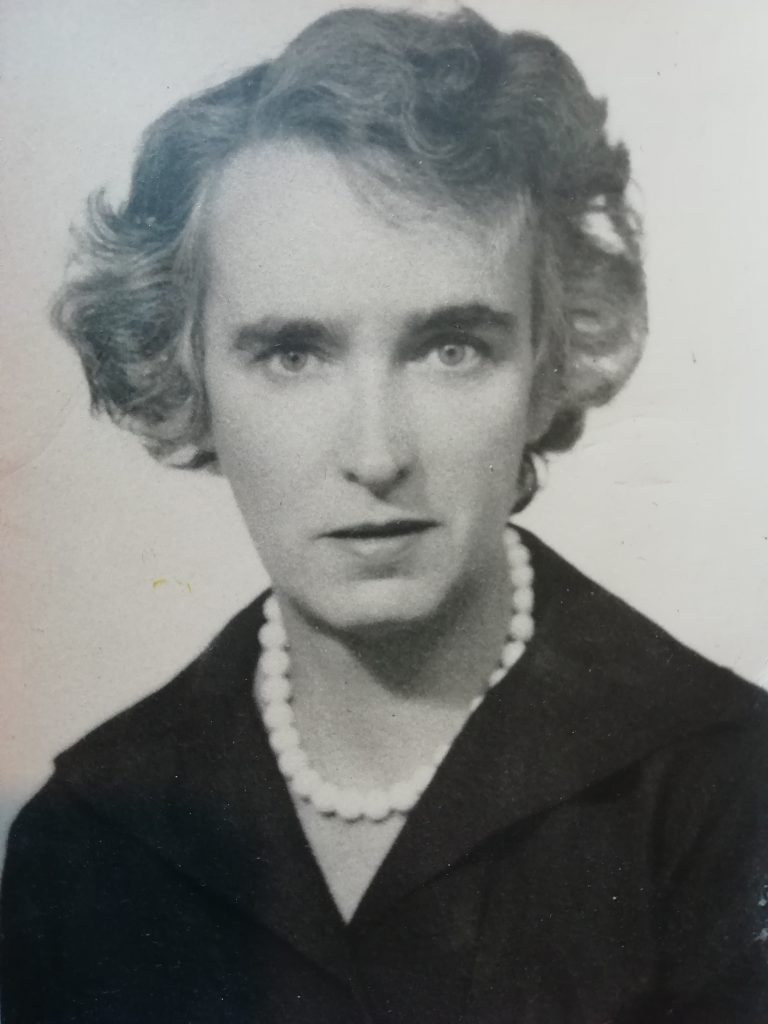
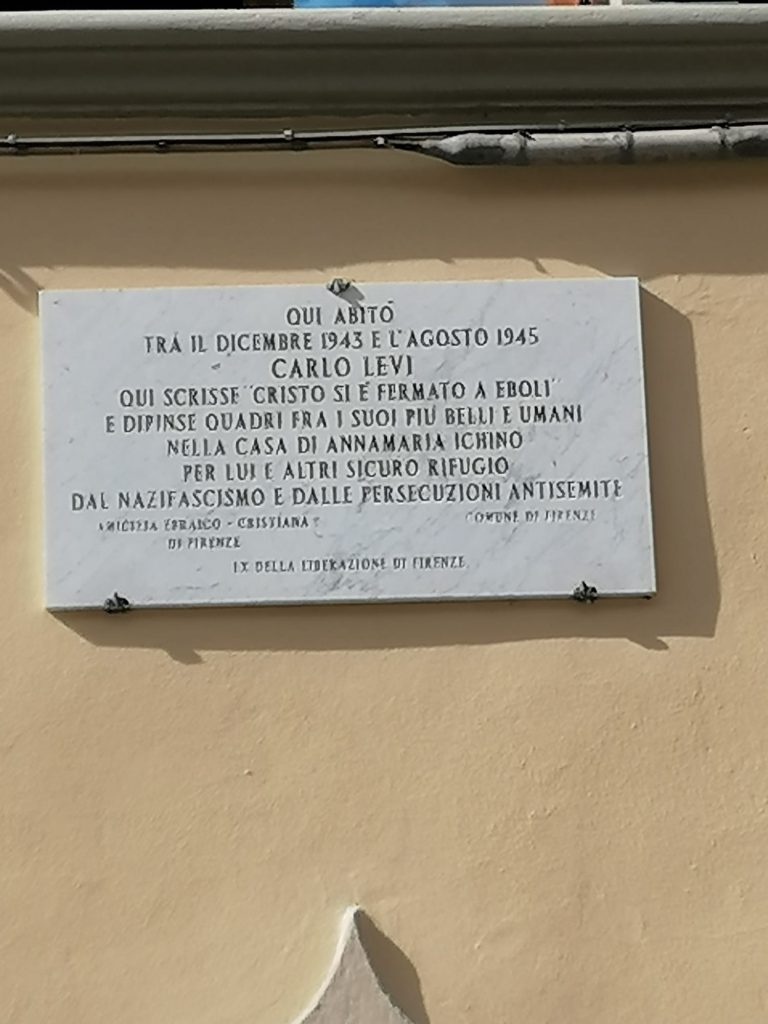
Before coming to Florence, Carlo Levi had spent almost a year in exile in Aliano, a village in Basilicata, where he was herded together with other anti-fascists. He had never seen such poverty before. He often heard a sentence that the wretched farmers there repeated: “Cristo si è fermato a Eboli” (Christ stopped at Eboli, meaning that Christ had never arrived in Aliano). In December 1943, urged on by Anna Maria and his friend Manlio Cancogni, he began writing a novel about life in that village. After Carlo Levi finished the manuscript, Anna Maria typed up the text for publication. Cristo si è fermato a Eboli was the end result. The book was an instant success when it was published in 1945 and has remained popular ever since.
Anna Maria and Carlo Levi became very close. It was as though Anna Maria had become his muse. Anna Maria had always attracted intellectuals and artists. The poet Umberto Saba wrote several poems in piazza Pitti 14 and Eugenio Montale often visited. In 1938, the daughter of the painter Amedeo Modigliani had gone into hiding there to escape from being betrayed and falling a victim to racial persecution.
She would sometimes talk to me about those dramatic years between 1943 and 1945. Her flat in piazza Pitti 14 had become a hideout for the Comitato Toscano di Liberazione (Committee for the Liberation of Tuscany). In August 1944, Anna Maria tragically lost her young son, Paolino, due to a lack of medicine, just as Florence was about to be liberated after 20 years of dictatorship. After the war, she continued to let out her rooms to students from all over the world.
In 1970, having boarded with Anna Maria for 12 months, I decided to move closer to the art academy where I was studying and rented a small apartment in borgo Pinti. In June 1970, I learnt that she had suffered a brain hemorrhage and had passed away a few days later. Her death was a blow for all of us.
The year I spent in piazza Pitti 14 was a great lesson for me. I shall never forget Anna Maria’s personality, her courage to confront the dramatic war years, the unforgettable stories she told, the dinners, the laughter and the discussions we had, as well as her brave contribution to the partisans in order to give Florence the freedom that had been abolished for 20 long years.

